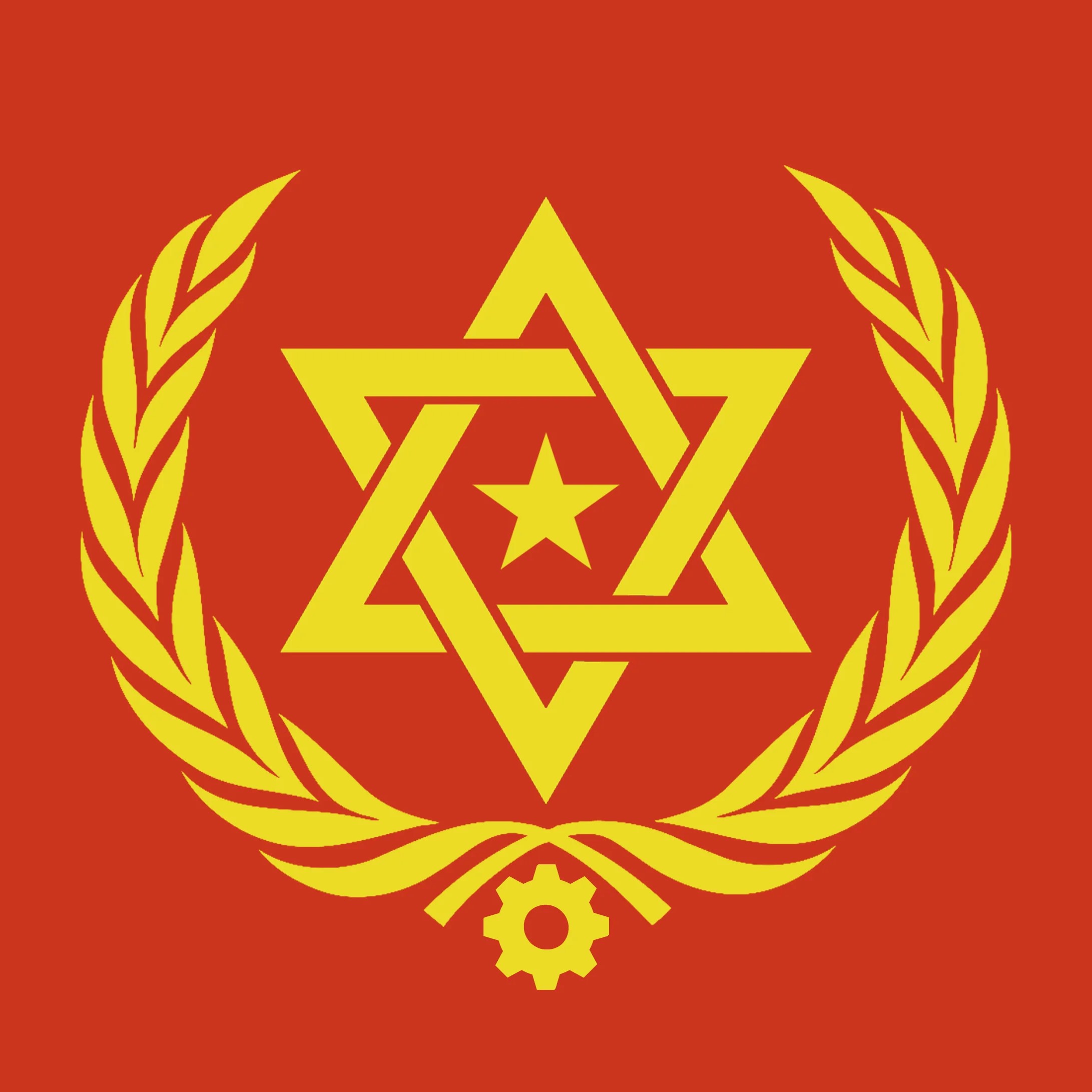Between 1348 and 1351 The black death caused unspeakable death and destruction to the Jewish communities of Europe. Early, a rumor spread that the plague was spread by Jews poisoning the wells of Christian towns. There are eery parallels to antisemitic canards that arose early in the spread of COVID-19.
Violent pogroms erupted across central Europe, particularly in the Rhineland. Writers of the era composed Kinot_ or songs of mourning, some explicitly about the contemporary violence, and some retelling the destruction of Jerusalem (by Babylonians and Romans), or using literary motifs from the Lamentations of Jeremiah but obviously drawing on contemporary experiences. Typically, a minor noble or Burgher (often deeply in debt to a Jewish lender) would stir up area peasants based on the rumors of well-poisoning, ritual murder, or host (communion wafer) desecration. While the Pope issued a toothless protective bull against murdering Jews, and Emperor Charles IV also attempted to protect Jews from violence, the perpetrators were absolved of any murders fairly swiftly. This has echos in the complicity of the Vatican in organizing the “rat lines” sending Nazi War criminals to South America in the years immediately following WWII.
Some historians believe that in the period of the plague the Mourner’s Kaddish became a central part of Ashkenazi practice. Though some scholars trace it earlier, to the time of the crusades. It is an example of a major prayer switching significance (from glorifying Torah study to communal mourning) based on the emotional needs of the population.
We have incredible archaeological finds from the years of the black death. Jewish lenders, sensing doom, buried or walled-off valuables that they held. The Erfurt Treasure was discovered in 1998 hidden within a wall. The Colmar Treasure was found in 1863. It is important to note that during medieval times, though a few Jews in each town would have worked as money-lenders and pawnbrokers, most had more mundane occupations, and did not hold such wealth. Jewish communities were neither noble or serf, they would have worked in various crafts depending on their skills and region including wagon-building, carpentry, dyeing, food production, fabric work, etc.

